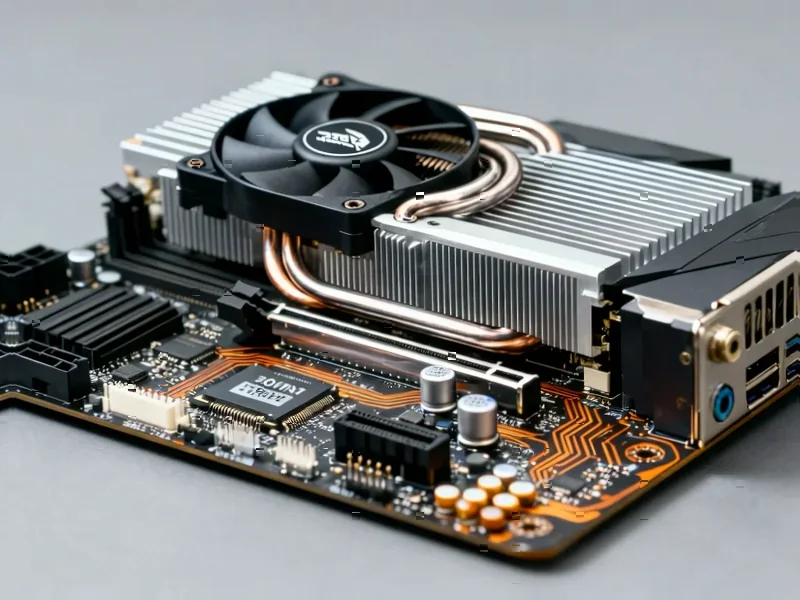According to Guru3D.com, AMD’s latest Radeon driver update caused significant confusion when incorrect release notes initially claimed USB-C functionality was being disabled on RX 7900 series GPUs. The 25.10.2 driver, which bundles two separate branches into a single 1.56 GB installer, was briefly available in the wrong version before AMD corrected the file. Version 25.20 supports newer RX 9000 and RX 7000 cards (RDNA 4 and RDNA 3), while version 25.10 supports older RX 6000 and RX 5000 series (RDNA 2 and RDNA 1). The incident highlights AMD’s ongoing shift toward modern platforms, with legacy architectures like Vega and Polaris already moved to quarterly maintenance updates. This driver strategy reveals deeper platform consolidation trends affecting Radeon users.
The Hidden Costs of Driver Complexity
AMD’s decision to bundle multiple driver branches into a single installer reflects the enormous engineering overhead required to maintain compatibility across multiple GPU architectures. Each generation of RDNA architecture represents fundamentally different hardware designs with unique power management, memory controllers, and display output systems. The company’s driver support documentation shows they’re currently maintaining support for five distinct GPU architectures simultaneously – an unprecedented level of complexity in the graphics industry. This approach inevitably leads to larger download sizes, more potential for installation errors, and increased testing requirements for every update.
Consumer Impact and Upgrade Pressures
The consolidation strategy creates subtle but significant pressure on users of older hardware. When AMD moves architectures to maintenance branches with quarterly updates, users miss out on performance optimizations for new games and applications. This creates a natural upgrade cycle that benefits AMD’s bottom line but leaves consumers with functional hardware receiving diminishing software support. The USB-C confusion specifically affects users who invested in premium RX 7900 series reference cards expecting full functionality – now they face uncertainty about whether future drivers will maintain these premium features or if they’ll need to stick with older driver versions to preserve functionality.
Industry-Wide Pattern of Feature Abandonment
AMD’s approach mirrors similar moves throughout the tech industry. NVIDIA’s abandonment of VirtualLink USB-C ports after the RTX 20 series demonstrated how quickly specialized features can become unsupported. What’s concerning is that these decisions often happen without clear communication about long-term support timelines. Consumers who purchased RX 7900 series cards with USB-C ports reasonably expected several years of full functionality support. The initial confusion around the 25.10.2 driver suggests AMD may not have fully considered how these changes affect user trust and perceived product value over time.
Enterprise and Professional Implications
For professional users and enterprises, AMD’s driver consolidation strategy raises reliability concerns. Businesses deploying Radeon cards for workstations or specialized applications require stable, long-term driver support. The move toward separating architectures into different support tiers means enterprises using mixed fleets of older and newer GPUs face increased management complexity. They must now track which driver versions support which hardware and plan upgrades around AMD’s support timelines rather than their own operational needs. This could push some professional users toward competitors offering more predictable long-term support guarantees.
The Future of GPU Driver Support
Looking ahead, AMD’s current trajectory suggests we’ll see even more aggressive platform consolidation. As RDNA 4 launches and RDNA 3 moves toward maturity, support for RDNA 1 and RDNA 2 will likely follow Vega and Polaris into maintenance mode. The industry is heading toward a future where GPU manufacturers prioritize current-generation architectures while providing minimal support for immediately previous generations. This creates a challenging environment for consumers who expect their premium hardware investments to receive full software support throughout typical upgrade cycles of 3-5 years. The USB-C confusion, while ultimately a false alarm, serves as a warning about how quickly specialized features can become casualties of platform consolidation.




